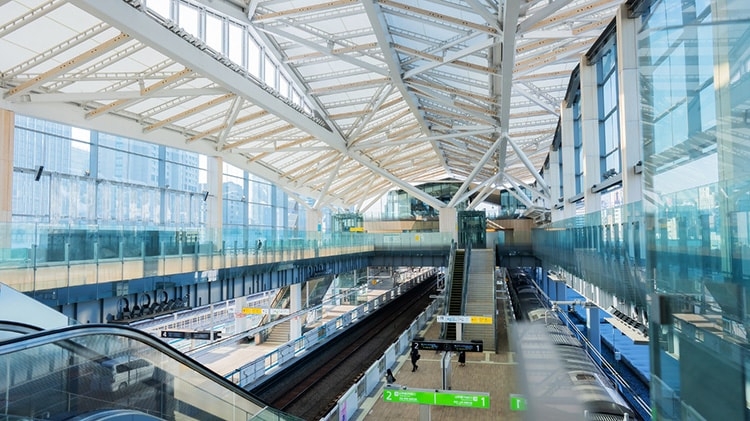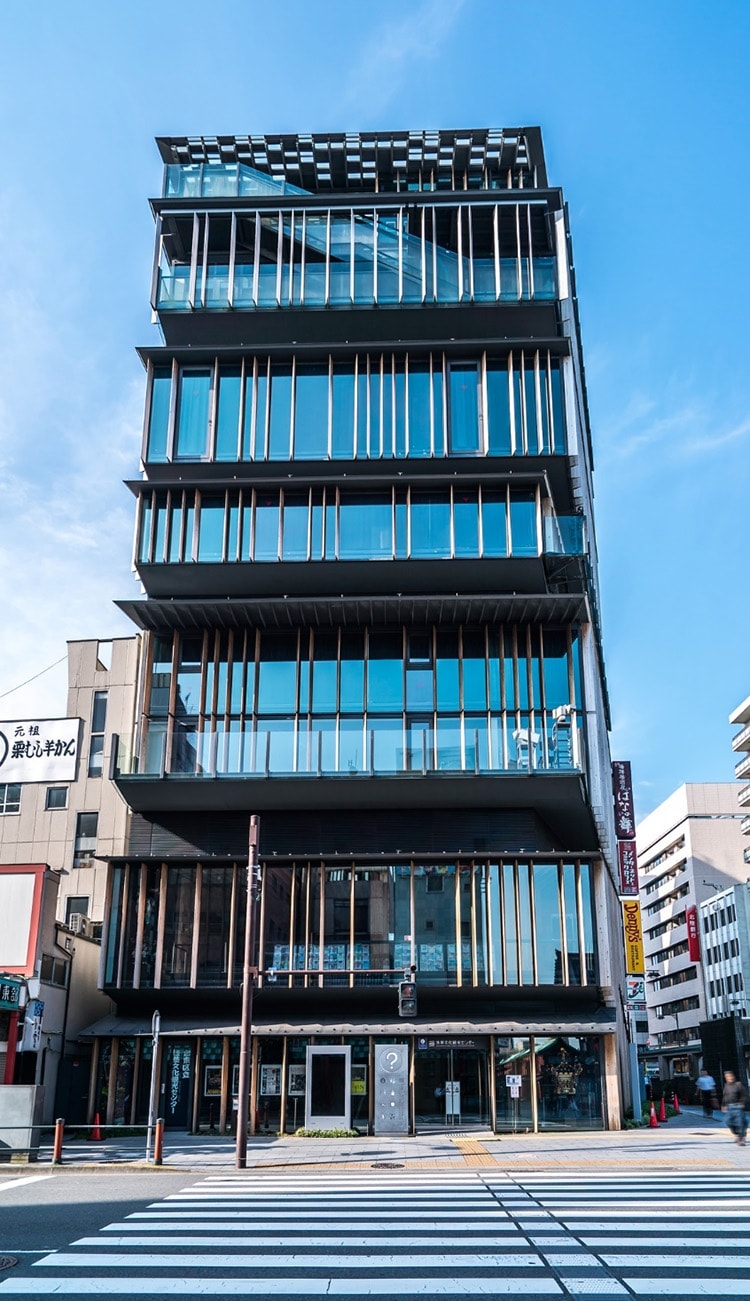His guiding idea centers on the importance of reintroducing wood, borne from the need to sustainably counteract global warming while also evoking ‘spiritual sustainability’. Kuma firmly believes that by using natural materials, contemporary architects are able to create new interiors and experiences which can counteract the stress felt by those living in “concrete jungles”. In a recent interview with Sustainable Japan (produced by the Japan Times), Kuma notes that “From the very beginning, traditional Japanese architecture has been made of wood and has been designed with harmony with the natural environment in mind,”. Thus, traditional Japanese techniques using wood can offer more sustainable approaches for building spaces that better serve both the environment and the health of the people within.
Biodegradable joints demonstrate skilled and artistic construction
One of the common techniques that reappears frequently in installation by Kengo Kuma & Associates is tsugite, a Japanese joinery technique. Whereas most modern building structures rely on glue, nails and metal supports, tsugite allows structures to be held together using complex cuts in timber which interlock to create strong bonds and striking artistic architecture. The technique was the common joint mechanism in Japan for many centuries spanning from the 12th to the 19th century. Kengo Kuma learned tsugite from traditional craftsmen in Japan’s countryside where he spent many years to get away from the hustle and bustle of Tokyo.
The Yusuhara Wooden Bridge Museum in Kochi prefecture is a perfect example of Kuma’s inspiration from the technique as well as his appreciation of the prefecture's timber and wood industry. Surrounded by forests, the bridge is made of interlocking beams of cedar joining two buildings which are 47m apart. As in the traditional style, the exposed wooden joints offer a glimpse of the joint patterns and skilled architectural design within. Tsugite is still being used in modern designs and has a growing following, pioneered by Japanese architects like Kengo Kuma and global fans.
Burning enhances the natural beauty and durability of wood
Another Japanese technique with a dramatic visual appearance is the yakisugi process dating back centuries, which has more recently been incorporated into modern designs in Europe and the United States. Yakisugi (or shou sugi ban) is a wall and ceiling cladding made exclusively from Japanese sugi cypress which has been burned intensively. This preservative heat treatment through traditional processes acts as a sustainable sealant without any chemicals and has surprising longevity. Thanks to architects like Yoshifumi Nakamura and Terunobu Fujimori, who are internationally known for projects featuring charred wood, yakisugi has seen a bolstering popularity globally, and various sustainable techniques from Japan are getting their time in the limelight.



